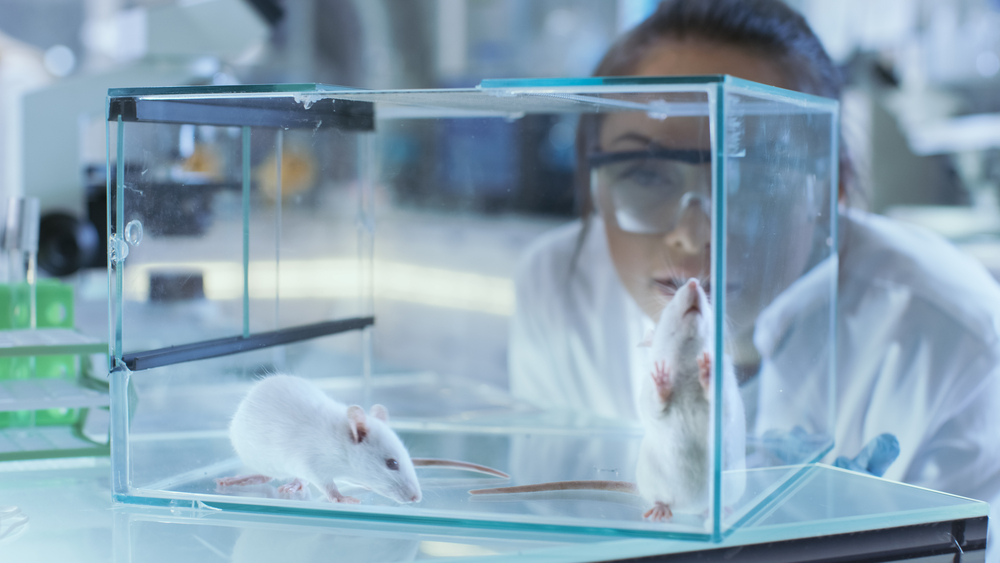Compound Similar to Diabetic Medications Slows Parkinson’s Progression in Mouse Study

An investigative compound similar to those used to treat diabetes was able to slow Parkinson’s progression and ease behavioral symptoms associated with the disease in mouse models.
The compound, called NLY01 and developed by scientists at Johns Hopkins Medicine, works to protect against the loss of dopaminergic nerve cells — directly targeting a cause of Parkinson’s progression — and may enter clinical testing this year.
The study, “Block of A1 astrocyte conversion by microglia is neuroprotective in models of Parkinson’s disease,” was published in Nature Medicine.
NLY01 binds to a specific type of receptors, called glucagon-like peptide-1 receptors, found on pancreas cells. Similar medications, such as Byetta (exenatide, by AstraZeneca) and Victoza (liraglutide, Novo Nordisk), treat type 2 diabetes by increasing blood insulin levels.
Although prior studies in animal models suggest these medications are neuroprotective in ways that might benefit Parkinson’s and Alzheimer’s patients, how these compounds act in the brain was not known.
Researchers tested NLY01 on three key cell types in the human brain — neurons, astrocytes, and microglia. While astrocytes mediate such processes as nerve cell communication and control of the blood-brain barrier (a permeable membrane that protects the brain), microglia are crucial in immune responses to infection or injury.
The team found microglia contained the greatest number of receptors that NLY01 can bind to: twice those of the other two cells. These receptors are also 10 times higher in Parkinson’s patients than in individuals without the disease.
Connect with other patients and share tips for navigating life (and treatment options) with Parkinson’s Disease in our forums!
Microglia, the researchers knew from other work, produce chemical signals that change astrocytes into overactive and aggressive cells that damage nerve cell connections and eventually kill neurons.
“The activated astrocytes we focused on go into a revolt against the brain,” Ted Dawson, a study co-author and a professor of neurology at Johns Hopkins, said in a press release.
“This structural breakdown contributes to the dead zones of brain tissue found in those with Parkinson’s disease. The idea was that if we could find a way to calm those astrocytes, we might be able to slow the progression of Parkinson’s,” he added.
Treating laboratory-grown human brain cells with NLY01 switched off the damaging signals initiated by microglia. When healthy astrocytes were combined with treated microglia, they did not convert into aggressive and toxic cells.
Dawson’s team then injected NLY01 into mice engineered to have abnormal alpha-synuclein protein, the major component of protein clumps known as Lewy bodies, and a hallmark of Parkinson’s.
While untreated mice showed marked motor problems in behavioral tests done over six months, those given NLY01 had normal physical function and no loss of dopamine-producing neurons, another Parkinson’s hallmark.
NLY01 treatment in the disease model mice prolonged their lifespan by more than 120 days, and eased behavioral problems and evidence of neurodegeneration.
“It is amazingly protective of target nerve cells,” Dawson said. NLY101 was also more effective at crossing the brain-blood barrier — essential to treating diseases of the brain — than related diabetes medications.
“In light of its favorable properties, NLY01 should be evaluated in the treatment of Parkinson’s disease and related neurologic disorders characterized by microglial activation,” the researchers wrote.






